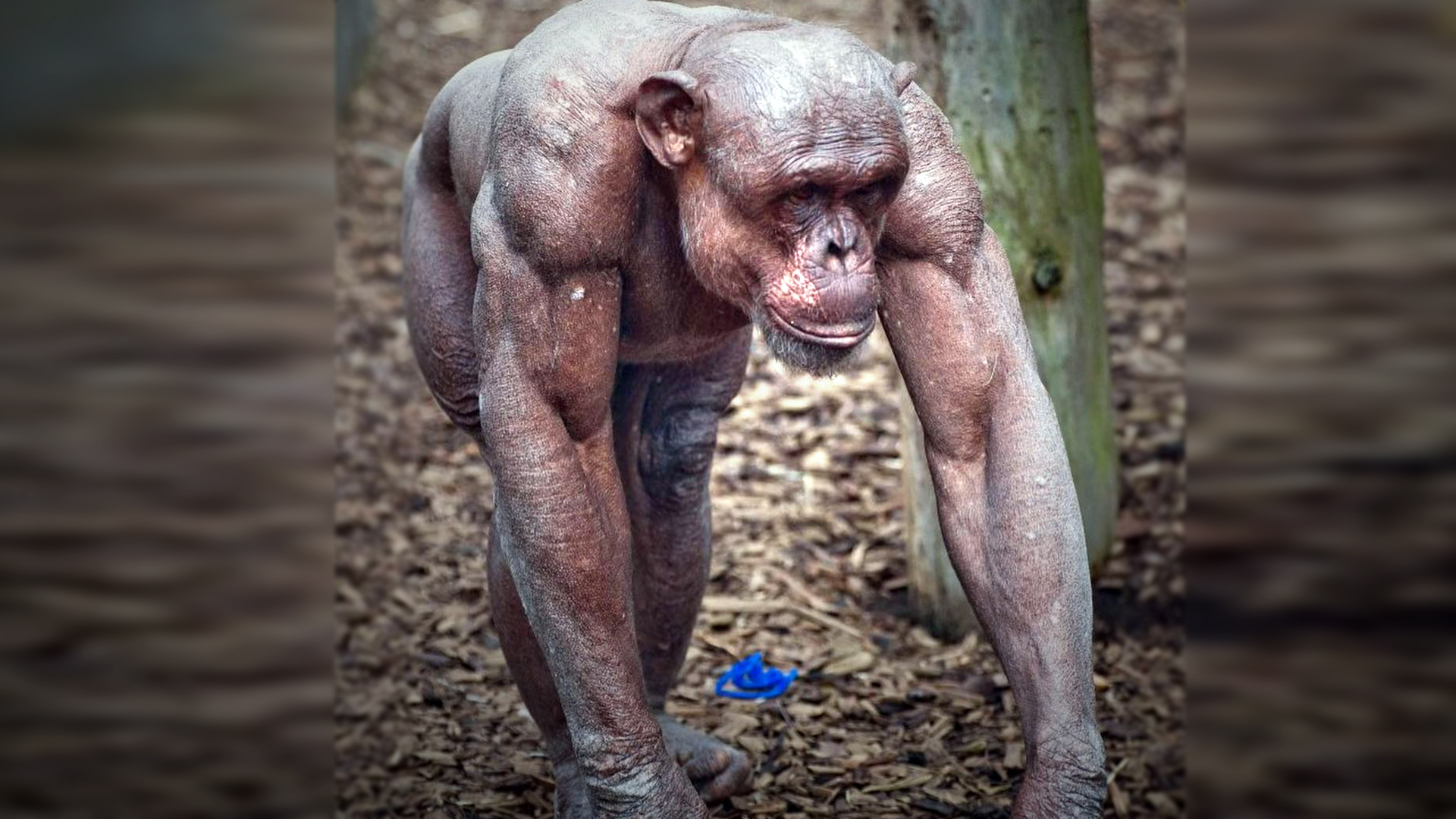

However, with chimpanzees being so much like humans, we think it could have been caused by factors in Guru’s life such as stress or trauma, which can induce alopecia in humans.” Vets at the zoo say that the condition first afflicted him at some point before he was three years old, when he was rescued from a circus.ĭr Suresh Kumar, a zoo vet, said, “He came to us with alopecia, so we don’t know how he got it originally. Hello, curious kids! Have you got a question you’d like an expert to answer? Ask an adult to send your question to us.National newspapers and internet sources alike have recently been reporting on an unusual case of hair loss in southern India, that of Guru the chimpanzee.Ī 20-year old male chimp at Mysore Zoo, Guru has lost practically all of his body-hair, and is undergoing continuing treatment in an attempt to cure the condition, so far without success. On the other hand, we still have an interesting mystery to solve. I hope you aren’t disappointed that we can’t give you a simple answer. So we think this is when our ancestors were also losing their fur.
#Chimpanzee without hair skin
He estimated that the gene (or instruction) that makes dark skin is just over 1 million years old. One person who studies genes (the instructions that your body gets from your parents) is geneticist Alan Rogers. We think that we lost our hair at the same time as when people started getting darker skin (because darker skin protects you from the sun better than paler skin). When we lost our hair it meant that nothing was protecting our skin against the sun. (But that doesn’t explain why human hair is so fine and short… so there are still lots of questions that even scientists can’t always answer.)Ĭurious Kids: How do x-rays see inside you? Staying warm is easier for bigger animals, which may explain why smaller primates like monkeys tend to have thicker hair than bigger ones like chimpanzees, gorillas and orangutans. But if you are a big animal like an elephant you might not need the warmth of hair as much.

If you are a very small animal like a mouse you can get cold easily, so hair is very important. Sea otters have some of the warmest fur in the world because they live in freezing cold water next to the Arctic. Hair can help keep you very warm, which is helpful in a cold place.

Whales and dolphins, mammals that live in the sea, have almost no hair because it is very difficult to swim if you are covered in fur. Most animals need hair for sun protection, but some animals, like naked mole rats which always live underground, have no fur because they don’t need any protection from the sun. That makes it easier to hide from predators, and also easier for predators to stalk prey.Ī lion’s fur blends in to its environment.


 0 kommentar(er)
0 kommentar(er)
